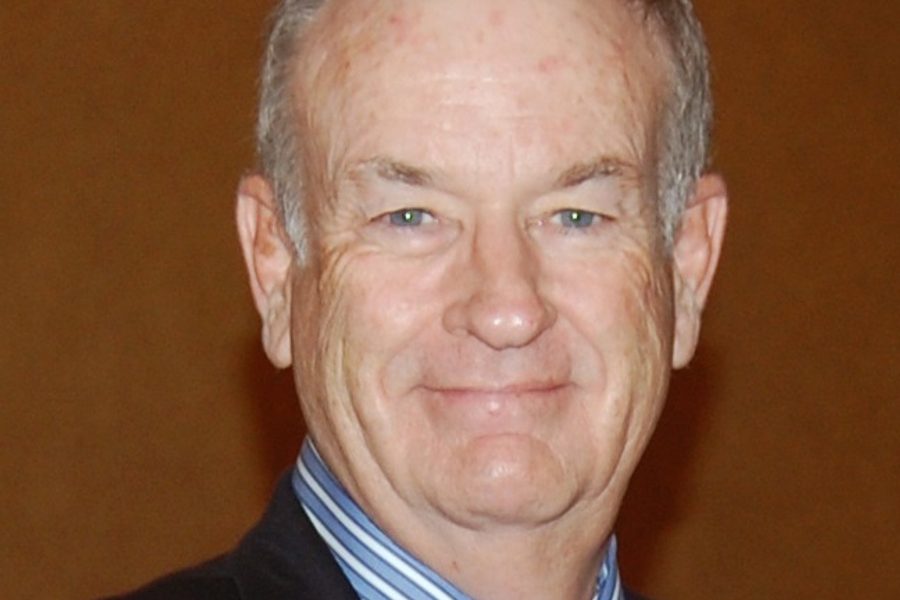Politico Carries Water for Bill O’Reilly—and His Bosses
O’Reilly’s claim that he was in a war zone was just an ‘embellishment,’ Dylan Byers assures us.
Jim Naureckas

NBC’s Brian Williams exaggerates the dangers he faced while reporting on a couple of stories and gets suspended for half a year. Fox News’ Bill O’Reilly does the exact same thing and nothing happens to him. What gives?
Could it be that News Corporation, which owns Fox News, is a deeply unethical institution with much lower journalistic standards even than Comcast, which owns NBC?
Nah – that can’t be it!
At least, that seems to be the assumption of Politico media reporter Dylan Byers, who explores the supposedly mysterious question of why Fox executives let their most lucrative on-air personality get away with blatantly misrepresenting his journalistic history.
“Some of it is due to his immediate – and passionate–dismissal of the charges (a case study in PR),” writes Byers. Coyly, the link that he put in that sentence goes to his own piece in Politico that allowed O’Reilly to attack Mother Jones reporter David Corn as a “despicable guttersnipe,” and dismiss his article charging O’Reilly with fabrication as a “piece of garbage,” with no effort made by Byers to see whether its charges were true or not. It is a case study in PR: When under attack, be sure to take your counterattack to a media outlet that will pass it along without question.
Byers goes on: “Some of it is due to the fact that, as a partisan pundit rather than a nightly news anchor, the expectations are lower.” That’s closer to the truth, though it’s not being a partisan pundit that gets you held to a lower standard — remember when MSNBC never attacked the mainland — and in any case, O’Reilly arrived there after the war was over.
But Byers is willing to accept that O’Reilly’s claim that he covered post-war riots in Argentina and that a riot is a kind of war, is merely a “major embellishment,” and “an embellishment is not going to lead Roger Ailes to fire his most valuable personnel asset.” As if anything short of sacrificing a goat to Satan on live TV was going to lead Ailes to fire his most valuable asset.
“There is one detail in Mother Jones’ account that is rather damning,” Byers allows; “In his book, O’Reilly writes that “many were killed” during the riot,” and this doesn’t appear in the footage CBS aired of the protests or in anyone else’s recollection.
“The trouble is, it’s probably too late for that to matter,” says Byers. Too late? He just said it was “in Mother Jones’ account”! How could the magazine have brought it up earlier than in its first article on the subject?
What Byers means is that the magazine’s Corn and Schulman “chose to highlight claims that could be argued away on semantics. … Because O’Reilly punched holes in the other parts of their argument, it has become all the harder to make the legitimate charges stick.”
O’Reilly “punched holes” in their argument, remember, by saying that no one would assume “in a war zone in Argentina, in the Falklands” meant that he was in a war zone in the Falklands. And, therefore, no one need watch a 26-second video to see whether it was true or false when O’Reilly claimed:
The Argentine army pulled up in giant trucks, came out with guns and opened fire on the crowd. The video shows that; it’s on the Internet, you can see it. We shot it…. Soldiers shooting at people who were trying to overthrow the government.
Here, take a look at it right now and see if you can see any of that:
But in Byers’ view, it doesn’t matter that Mother Jones put that O’Reilly quote and the video that refutes it right next to each other in the story that called attention to O’Reilly’s Falklands fabrications. The magazine expected that journalists evaluating its critique of O’Reilly would absorb more than just the headline; that’s an unrealistic expectation to have of reporters’ intellectual ambitions, Byers asserts when he lays “most of the blame…at the feet of Mother Jones.”
Media critics are sometimes accused, unfairly, of having a low opinion of journalists as a class. You’d be hard-pressed to find a media critic with as low an opinion of journalists as Dylan Byers.







